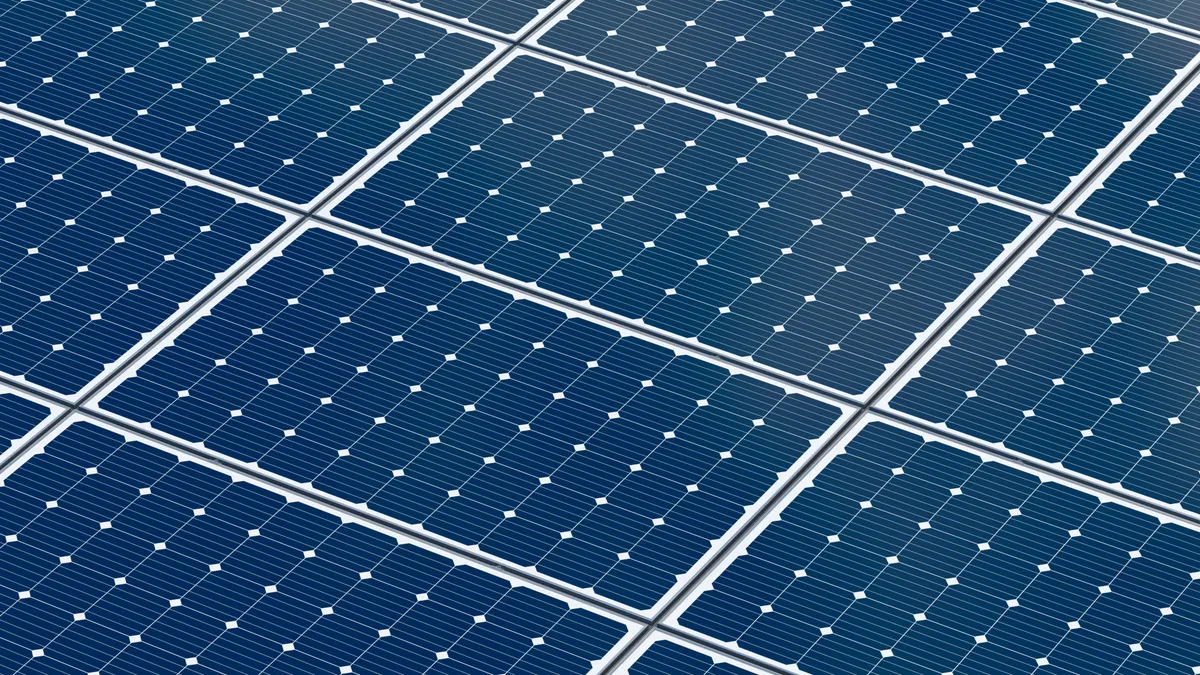Dive Brief:
-
The National Renewable Energy Laboratory has rolled out a new benchmark metric called the “minimum sustainable price” in its 2022 PV solar and energy storage price analysis to better track long-term trends.
-
NREL’s annual solar and energy storage report has published estimates of national average cash prices for various classes of solar systems since 2010. This year’s report includes the new benchmark to compare long-term solar and storage cost trends to current deviations from the trend caused by inflation, policy and supply chain conditions.
-
While short-term price shifts can be difficult to predict, the minimum sustainable price benchmark should help to inform policy actions and decisions based on longer time horizons, according to the report’s authors.
Dive Insight
Extreme market conditions in 2021 and the early months of 2022 may have added some 13-15% in costs to solar prices beyond what long-term trends would have predicted, according to NREL’s price analysis report for the first quarter of 2022, released Nov. 30.
Utility-scale solar prices were 6% higher in the first quarter of 2022 than they were in Q1 of 2021, according to the report’s modeled market price – the conventional benchmark NREL has reported since 2010 that estimates solar installation prices based on reported capital costs. But the modeled price was 14% higher than it would have been had solar prices followed long-term trends established before the advent of COVID-19 and other market disruptions.
The minimum sustainable price NREL calculated to project what on-trend prices would have looked like put utility-scale solar prices at 87 cents/Wdc in early 2022. Because 2022 marks the first year NREL has estimated this trend-based minimum sustainable price benchmark, there are no previous figures to compare to this year’s benchmark.
Even so, the new figure was necessary on account of the rapid rise in solar and energy storage costs in 2021, according to Vignesh Ramasamy, solar and storage analyst for NREL. Because the price increases were so swift – and tied to global events like COVID-19 – analysts anticipate solar costs will eventually return to something more in line with longer-term trends. But without a sense for what those long-term trends may look like in the future, it becomes difficult to make policy decisions, Ramasamy said.
Outside analysts also agreed about the need to devise new benchmarking methods to divide short-term from likely longer-term price trends.
“We’ve had such an unusual year in terms of inflation and raw material price volatility that it has required the industry to question how we approach pricing and cost analysis,” said Yayoi Sekine, head of energy storage at BloombergNEF. “Generally, long-term trends should still lead to declines, but near-term inflation of inputs such as lithium and nickel have led to prices increasing rather than decreasing this year.”
Although the minimum sustainable price is intended to inform internal policy decisions at the Department of Energy, it could also be used for long-term planning within other organizations, according to Jarett Zuboy, solar markets and policy analyst at NREL. The laboratory’s analysts plan to track the minimum sustainable price metric through at least 2024, and future years of analysis will shed greater light on which factors most influence long and short-term price fluctuations in the solar industry, Zuboy said.














